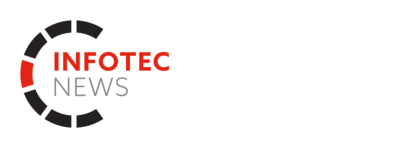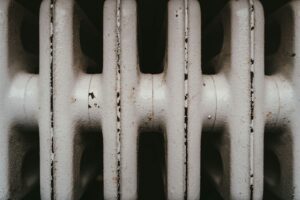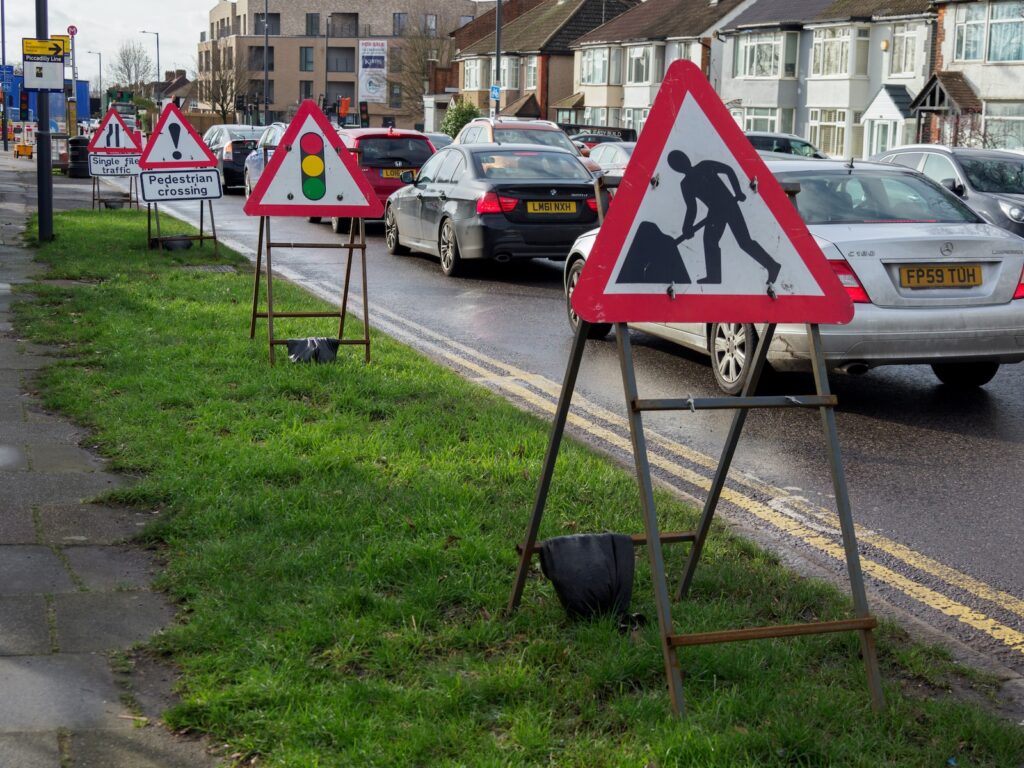National Underground Asset Register (NUAR) will revolutionise the way we install, maintain, operate and repair the pipes and cables, reducing disruption and growing economy by some £5bn
There are thought to be some 4m kilometres of underground pipes and cables crisscrossing the UK, providing such essential services as communication, electricity, gas and water. These assets also need to be kept in good working order, and it’s thought a hole is dug every 7 seconds to install, fix, maintain or repair them. About one in every 65 such holes (some 60,000 per year) results in an ‘accidental asset strike’ – hitting some other pipe or asset. This can risk workers’ safety, cause delays in the work being done and is thought to cost the economy some £2.4bn.
But now tech seems set to solve this sizeable problem. This week, the NUAR digital map of power and broadband cables, gas and water pipes and other underground infrastructure has expanded to include the South East, South West, North West, Yorkshire and the Humber, and East of England.
NUAR is made up from data provided by all major energy and water providers, such as Welsh Water, Cadent Gas and UK Power Networks, as well as several major telecommunications companies, including CityFibre and Virgin Media O2. Smaller providers of these services, transport organisations and local authorities also feed into the mix.
The map provides a range of important benefits such as improving worker’s safety, increased efficiencies in construction and development, less accidental damage to pipes and cables, and reduced disruption to the public and businesses from road closures and congestion. From this, NUAR is expected to deliver economic growth to the value of some £490m per year, or about £5bn over a decade. Not bad for a map!
In addition, measures tabled in Parliament this week seek to update existing legislation to take advantage of opportunities from advances in data and tech advancements by simplifying the processes by which such data is shared.
This includes ensuring workers can access up-to-date, comprehensive and standardised data when needed. It’s thought this change will mean workers can get the location data they need to begin safe digging in 60 seconds rather than six days. The reforms would also make ensure the service remains sustainable via a system or reasonable fees.
Viscount Camrose, Parliamentary Under Secretary of State at the Department for Science, Innovation and Technology, says: ‘The National Underground Asset Register is on track to transform how the UK manages the pipes and cables beneath the ground. Thanks to government working closely with industry, workers across the whole of England and Wales now have data, at their fingertips, about the infrastructure under our feet.
‘The register is a prime example of the Geospatial Commission and wider government driving innovation that will deliver improved public services, create new better-paid jobs and grow the economy, and I’m delighted that legislative updates are being progressed to support this.’
The Geospatial Commission also published a project update, including sharing information on a discovery project, supported by the Government Office for Technology Transfer, to explore the potential for increased economic growth that could be realised through widening access to the vital national asset, including opportunities for the wider market. This could include, for example, supporting the rollout of electric vehicle chargepoints, flood risk planning, emergency response or conveyancing.
Alexandra Notay, Independent Commissioner at the Geospatial Commission, adds: ‘It is fantastic to see the progress being made on delivering the core ‘safe dig’ use case that NUAR is intended to meet, and I am very proud of the team at the Geospatial Commission for delivering this collaborative project for and with a wide range of industry stakeholders. The supportive statements from users in the project update is a testament to the value that NUAR is already bringing to those who manage our underground assets.
‘However, I am particularly excited to see work commence on exploring the potential benefits that NUAR could bring to other users, especially in the property sector. I believe that NUAR could enable huge amounts of innovation in construction, development and operations across the real estate spectrum – supporting better decisions being made more quickly.’
In related news:
Opinion: What will 2030’s mobile network operators look like?

















Leave a Reply